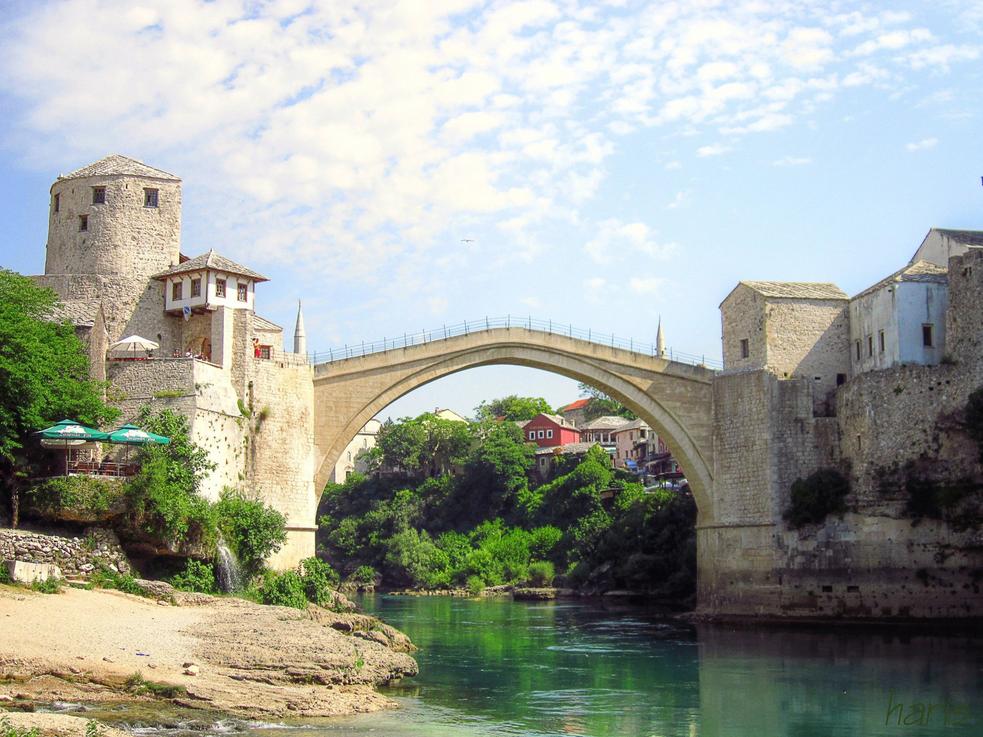The most effective medieval helmet style depends largely on balancing protection, mobility, and the wearer’s role in combat. No single design dominates in all situations. Helmets like the greathelm offer high protection but limit vision and hearing, affecting mobility. Conversely, simpler helmets such as the kettlehelm sacrifice some coverage for comfort and awareness.

Effectiveness hinges on who wears the helmet. Heavy cavalry usually benefit from full-face helmets with reinforced plates. Their role demands maximum protection against close combat hits. Light cavalry or archers prefer helmets offering better visibility and ventilation to respond swiftly and maintain awareness of projectile threats.
Material quality strongly influences helmet performance. Even the best design fails if the metal is brittle or flawed. Variations in metallurgy and craftsmanship from region to region affected durability and safety. Metallurgic imperfections, such as slag inclusions or weak welds, could cause a helmet to crack under impact.

Economic factors also play a role. Wealthy knights could afford helmets forged by master smiths with better metal. Common soldiers might use helmets crafted by local blacksmiths with simpler techniques and inferior materials. This disparity affects both protection level and helmet style availability.
Helmet choices are compromises between coverage, sensory awareness, and wearer needs. For example:

- Greathelm: High protection, limited vision and hearing, heavier weight, better for head-on siege or heavy infantry combat.
- Kettlehelm: Moderate coverage, excellent visibility and hearing, lighter, often favored by archers or foot soldiers.
- Sallet and Barbute: Offer balance in protection and mobility, with designs that protect while allowing some peripheral vision.
Ultimately, the “most effective” helmet depends on combat context, wearer role, available materials, and personal or financial constraints.
- Effectiveness depends on protection versus mobility trade-offs.
- Combat role dictates helmet style choice.
- Material quality directly impacts helmet durability.
- Economic means influence access to advanced designs.
- No single medieval helmet style is universally most effective.
Which Style of Medieval Helmet Was Generally Considered to Be the Most Effective?

If you want to know which medieval helmet style generally wins the “most effective” title, that answer isn’t a straightforward yes-or-no. It depends on what battlefield challenges you face, who’s wearing it, and what they can afford. Helmets weren’t a one-size-fits-all deal in the Middle Ages. They were more of a “choose your own adventure” where protection tussled with comfort, and firepower met flexibility.
Let’s unpack this medieval puzzle with some clarity—because as much as we love knights in shining armor, those helmets came with some tricky decisions baked right in.

The Trade-off: Protection Versus Mobility
Imagine you’re a knight stomped into a suit of armor on a scorchingly hot day, doomed to wear a greathelm—that classic bucket of battle. It looks tough, right? It is. The greathelm offers solid coverage for your noggin and face. This helmet’s strength lies in its protection during intense close combat. Yet, it’s famous for shrinking your field of vision and muffling sounds around you. Not exactly the recipe for situational awareness, is it?
On the flip side, you could be wearing a kettlehelm. It’s lighter, offers less face protection, but lets you move your head and see a lot more clearly. And it keeps you cooler in full sun, a surprisingly important perk when your armor weighs as much as a small horse.
So which is better? A greathelm can absorb a heavy axe blow, but might leave you vulnerable to surprise attacks because you can’t see or hear well. A kettlehelm allows nimble movements but trades off coverage. It’s the classic armor dilemma: are you a tortoise or a hare in battle?
Role and Combat Style Shape Helmet Choice
Now, helmets weren’t just fashion statements. They tailored to the role and fighting style of the warrior wearing them. This means archers, pikemen, heavy cavalry, and light cavalry sported different helmets based on tactical needs.
- Archers: Needed helmets that offered protection but didn’t block their view or hearing. Something like a simple iron cap or a bascinet with an open face worked well.
- Pikemen: Needed to withstand projectiles, so they often wore helmets with better coverage but not too bulky.
- Heavy Cavalry: Favored helmets with maximum face protection, like the greathelm or close helm, sacrificing some mobility for survival against heavy blows.
- Light Cavalry: Preferred lighter helmets to stay agile, often compromising on protection for speed and field awareness.
Each helmet design was, therefore, a strategic choice matching a warrior’s tasks and environment. The “most effective” helmet for a heavy cavalryman differs entirely from that of an archer skirting the edges of battle.
Resource Availability and Affordability—Money Talks
Let’s face it—helmet styles depended heavily on who could pay for what. Royal and municipal armories produced master-crafted helmets for wealthier knights and soldiers. These helmets featured intricate designs, better metalwork, and superior protection.
The vast majority of foot soldiers or militia often had to make do with helmets shaped by the local blacksmith out of whatever scraps were available—even something as humble as a remodeled cooking pot.
Quality and craftsmanship demanded time and resources. A greathelm might take days of labor by a master artisan, while a kettle helm could be hammered out quickly. Cost and availability directly influenced what helmet style landed on a soldier’s head.
Material Quality: The Hidden Game-Changer
Even the most splendid helmet design means little if it’s made from inferior materials. Uniform high-quality metal was rare across much of medieval Europe. Slag inclusions, poor welds, or brittleness could doom a helmet to fracture at the worst possible moment.
The actual metal quality sometimes mattered more than the helmet style itself. A basic design crafted from top-tier steel could outperform a fancy masterpiece made of shoddy metal.
Ultimately, Helmet Effectiveness Is Contextual and Subjective
Just like choosing the tastiest dish, declaring a single “best” medieval helmet is a challenge loaded with personal taste, access to resources, and battlefield circumstances. The ideal helmet for a weather-beaten pikeman defending a fortress differs vastly from what a mounted knight needs charging into battle.
If history teaches us anything, it’s that feasibility, combat role, environment, and material quality all conspire to decide the winner in helmet effectiveness.
So What Was the Most Effective Style?
The greathelm often ranks as the most protective medieval helmet overall, prized for near full-head coverage and their ability to deflect glancing blows. Yet, it’s not a universal winner due to limited visibility, hearing, and overheating problems.
For instance, a bascinet with a visor became popular in the later Middle Ages. It balanced protection, vision, and ventilation cleverly—allowing knights to see well and breathe comfortably while still guarding against missile attacks and sword strikes.
In short, if you wanted durability and maximum defense against heavy weaponry and arrows, the greathelm was your best bet. If you needed balance, the bascinet often stole the show.
Wrapping Up: Consider the Whole Picture
Before crowning any helmet style the champion, think of it like a toolbox. Each helmet was a tool for specific jobs, crafted under constraints of money, metal, and the role demanded by its wearer.
Whether it’s the stout greathelm, agile bascinet, or trusty kettlehelm, effectiveness isn’t just about design alone. It’s about context, function, and a pinch of medieval pragmatism.
So next time you ponder which helmet history’s finest knights wore, remember: even a shining steel dome has its pros, cons, and a story behind every dent.
What made the greathelm more protective than other medieval helmets?
The greathelm offered extensive coverage of the head and face. It protected well in close combat. However, it reduced vision and hearing, making it less practical for some roles.
How did combat roles affect helmet choice in medieval times?
Archers preferred lighter helmets for mobility. Heavy cavalry chose helmets with stronger protection. Pikemen needed balance between protection and awareness.
Why was material quality crucial for helmet effectiveness?
Even the best design fails with poor metal quality. Flaws like slag inclusions could cause cracks. Reliable helmets required uniform metal and good craftsmanship.
Did cost influence which helmet a warrior used?
Yes, armor cost mattered. Some helmets needed expert smiths to make. Others could be shaped by local blacksmiths. A warrior’s budget often determined helmet style.
Is there a single “most effective” medieval helmet style?
No single helmet was best for all. Effectiveness depended on role, materials, and conditions. Each design balanced protection and mobility differently.




